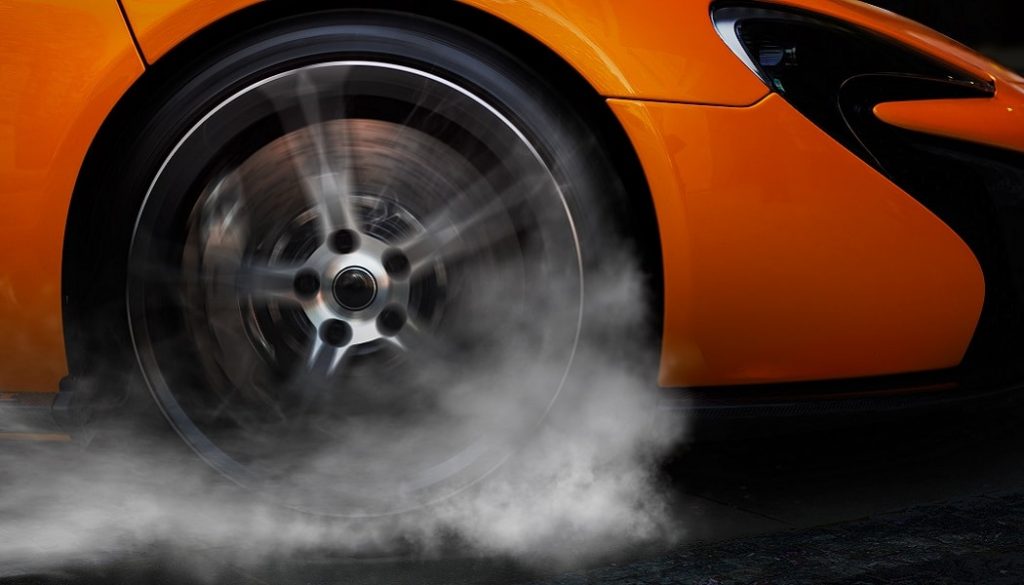

We hear the terms get thrown around a lot, but is it really torque vs horsepower? Is one more important than the other, and what is a pound-foot anyway?
Let’s take a look at a torque vs horsepower battle and see what purpose each one serves.
Sally is trying to loosen the lid on a jar of peanut butter, but it’s stuck tight and won’t budge. Apparently, the manufacturer hires a gorilla to put the lids on those jars at the factory. The twisting force Sally applies to the lid can actually be measured with precision industrial instruments, and that twisting force is called torque.
Since the lid didn’t budge, Sally has demonstrated that you can have the presence of torque without movement. That’s why she’s frustrated. If the lid had moved, that movement could be equivalated to a certain amount of horsepower.
Horsepower, then, is the measurement of how much work can be done in a set, given time. Ideally, Sally would have accomplished the work of removing one lid in a few seconds, which would be equivalent to a very tiny amount of horsepower. Unless it was a weak horse, who didn’t like peanut butter.
Since this is Wheelscene, let’s look at some examples that have wheels and forget the jars of peanut butter.
Consider Farmer Brown, who is driving his tractor, pulling a huge tree stump slowly out of the ground. How satisfying it is to see all that work being done.
The tractor might not be fast, but it sure is powerful. Other things are not fast either, but are extremely powerful, like an elephant or that gorilla that works at the peanut butter factory.
The tractor engine turns slowly at low RPM but has great torque, due to its long piston stroke and high compression. That force is multiplied even further by the gear ratios in the tractor’s transmission and final drive. Truly this is stump-pulling paradise.
So, after a hard day of pulling tree stumps out of the ground very slowly, Farmer Brown relaxes by watching something fast on TV. Go figure. He likes to watch Formula 1 racing.
Related Search Topics (Ads)
Such tiny engines those cars have, he thinks, but what high RPMs they reach, and how fast they go. While not torque monsters like his tractor, they do scream around the track. That takes some torque, but a lot of horsepower. Remember, you can’t measure horsepower unless something is moving.
Some things in life probably shouldn’t be argued about, like torque vs horsepower, but that doesn’t stop us. The term horsepower was coined by James Watt, a pioneer of steam power and from whom we get the term watt, a unit of electrical current.
Watt determined that horsepower was not a force like torque. Watt said horsepower was the amount of work a draft horse could do in a set period of time, assuming, of course, that you had a cooperative horse.
Keep in mind that Watt had a grudge match going between his steam engines and horses. With his personality, he would have done great as a NASCAR driver today.
In the simplest possible explanation, horsepower is an engine’s torque multiplied by the RPM its crankshaft is turning. So, you can increase horsepower simply by speeding up the engine, as long as torque stays steady or doesn’t fall off too much.
Just like the F1 engine tuners that Farmer Brown admires so much, they increase horsepower by turning their small-ish engines to extreme RPMs, not by doing drastic things to increase torque like designing in long piston strokes.
Now, to get even more technical, the strict definition of horsepower is a mathematical equation, thanks to people like Watt. Therefore, and you don’t have to remember this, horsepower is defined as torque multiplied by rpm, and then divided by 5252.
As with all mathematics, there are some clarifications, footnotes, clauses, provisos, caveats and quid pro quos to the equation, just enough to trip us up on high school math tests. Suffice it to say that some things are measured in pounds-feet, and others are measured in foot-pounds. Thank you, Mr. Watt.
Keep in mind that Watt developed all this before the metric system was widely used in the Western world. If Watt were doing his work today, we might have the term centipede power, which would radically change our perspective of foot-pounds.
That’s like asking which came first, the chicken or the egg. Like we said, some things shouldn’t be argued about.
But without torque our race car is not going anywhere. Without the engine’s twisting force the car will not move. With torque, but without much horsepower, like the tractor, it will not move fast.
So, let’s say that torque pushes against things, but horsepower moves them, and the faster they move, the better, right?
If you’ve ever used a torque wrench, things should now be making some sense. If not, it doesn’t matter. You use a torque wrench to measure the twisting force you are applying to a fastener. Have you ever considered why there is no such thing as a “horsepower wrench”?
However, you would be correct in saying that the pneumatic impact wrench you use to remove lug nuts from your car does indeed produce some horsepower.
The same torque comparison goes for the automatic transmission in your car. Instead of a clutch, it has a torque convertor. A more descriptive name would be torque multiplier.
The torque convertor slips to allow the engine to rev higher, so it can more easily move the car. The tradeoff is heat production, which is wasted energy, because the heat generated by the torque convertor’s slippage escapes from the closed system into the atmosphere. Watt would have loved to take that discussion further.
Related Search Topics (Ads)